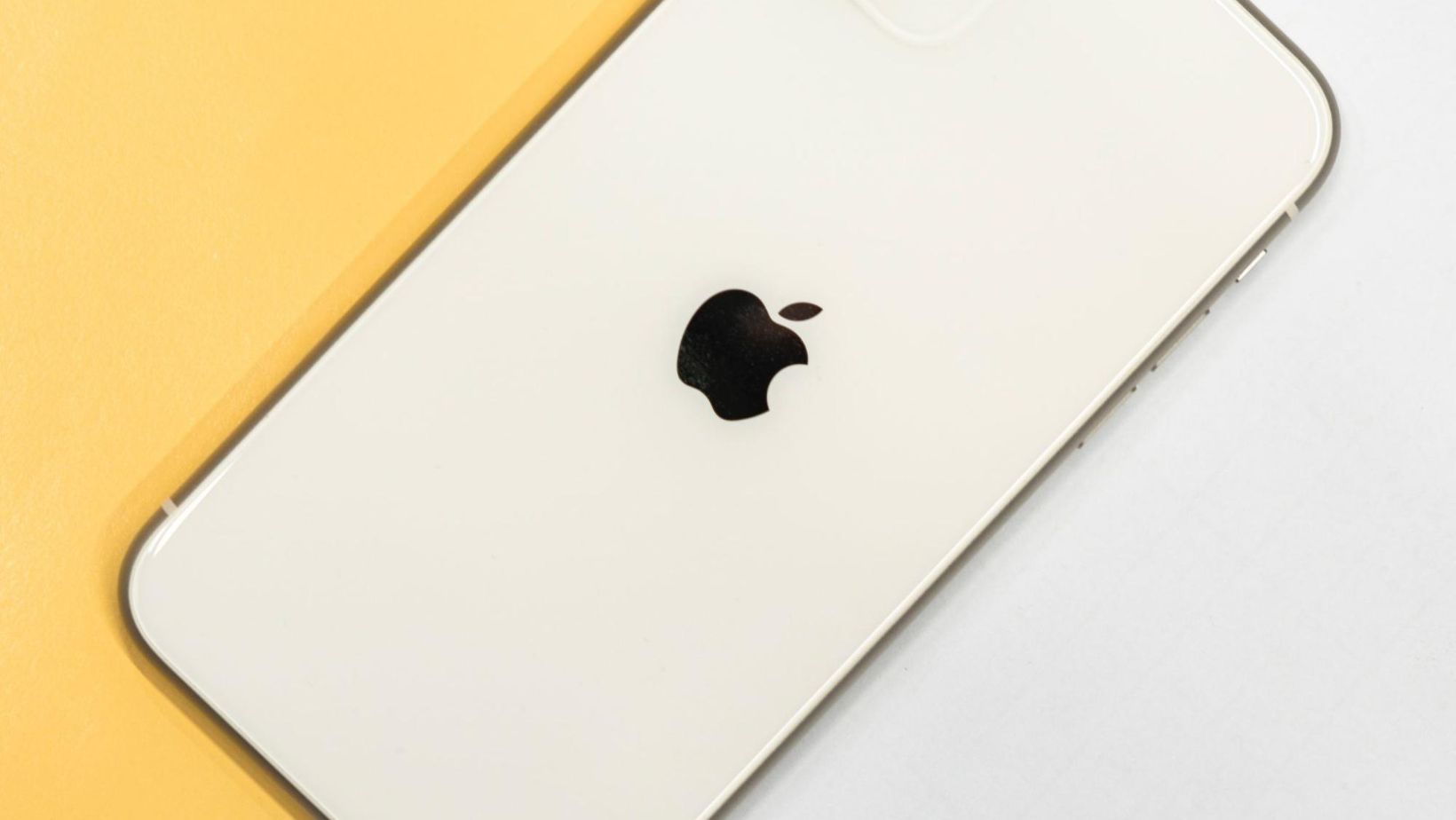In today’s digital age, the security of our smartphones is a growing concern. With the widespread use of iPhones and the increasing sophistication of cybercriminals, it is important to understand the risks associated with phishing attacks.
Phishing attacks involve tricking users into revealing sensitive information by disguising them as legitimate entities.
While iPhones have built-in security measures to protect against various threats, including phishing attacks, it is not entirely immune to potential vulnerabilities.
Phishing attacks rely on social engineering techniques to deceive users, making them susceptible to revealing personal information or installing malicious software on their devices.
How Phishing Attacks Work
Phishing attacks are designed to deceive users and trick them into revealing sensitive information or installing malware. Understanding how these attacks work can help you recognize and avoid falling victim to them. Here are the key elements of phishing attacks:
- Email and Text Messages: Phishing attacks often begin with an email or text message that appears to be from a trusted source.
Cybercriminals use social engineering techniques to create messages that mimic legitimate entities such as banks, social media platforms, or popular service providers. These messages often create a sense of urgency or offer enticing deals to persuade users to click on malicious links.
- Malicious Websites: The links in phishing messages lead users to fraudulent websites that are designed to closely resemble legitimate sites.
These fake websites are crafted to deceive users into believing they are interacting with a trusted service or organization. Once on the fake website, users may be prompted to enter sensitive information, such as usernames, passwords, or credit card details. This information is then harvested by cybercriminals for malicious purposes.
- Malware Distribution: Phishing attacks can also lead to the installation of malware on the device. Clicking on a phishing link may trigger the download and execution of malicious software.
This can compromise the security of the iPhone and potentially give hackers unauthorized access to personal data, such as login credentials, financial information, or even control over the device itself.
Phishing attacks rely on exploiting human vulnerabilities and trust to deceive users. It is important to be cautious and employ preventive measures to protect yourself and your iPhone from these fraudulent schemes.
iPhone Security Measures
Apple has implemented robust security measures to protect iPhone users against various threats, including phishing attacks. Here are some key security features:
- App Store Verification: The App Store undergoes a strict analysis process to ensure that only safe and legitimate applications are available for download. This reduces the risk of downloading malicious apps unknowingly.
- Sandboxing: Each app on an iPhone operates in its own sandboxed environment, limiting its access to sensitive data and preventing unauthorized access to other parts of the device.
- Secure Enclave: iPhones are equipped with a Secure Enclave, a dedicated chip that stores sensitive information, such as fingerprints and Face ID data. This ensures that biometric data remains securely stored and is not accessible by unauthorized parties.
- Regular Software Updates: Apple regularly releases software updates that include security patches and bug fixes. Keeping your iPhone up to date with the latest software is crucial for maintaining the highest level of security.
Protecting Yourself Against Phishing Attacks
While iPhones have security measures in place, it is crucial to take proactive steps to protect yourself against phishing attacks. Here are some actionable tips to enhance your security:
- Be Vigilant: Exercise caution when receiving emails or text messages, especially from unknown sources or those that seem suspicious. Be wary of emails or messages that contain spelling errors, generic greetings, urgent requests for personal information, or offers that seem too good to be true. Trust your instincts and be mindful of potential phishing attempts.
- Verify the Sender: Before clicking on any links or providing any personal information, verify the sender’s identity. Contact the organization or service provider directly using trusted contact information, such as phone numbers or official website links. By reaching out independently, you can confirm the legitimacy of the message and ensure that you are interacting with a trusted source.
- Avoid Clicking Suspicious Links: Refrain from clicking on links from unverified sources or those that appear suspicious. Instead, manually type the URL of the website into your browser or use a bookmarked link if you are accessing a familiar site. This minimizes the risk of being redirected to a fraudulent website.
- Enable Two-Factor Authentication: Take advantage of two-factor authentication (2FA) whenever possible. This adds an extra layer of security to your accounts by requiring a second form of verification, such as a unique code sent to your device, in addition to your password. Enabling 2FA can significantly reduce the risk of unauthorized access, even if your login credentials are compromised.
- Use Anti-Phishing Tools: Consider utilizing security software or email filtering solutions that offer advanced phishing protection. Products like SpamTitan Plus Phishing Protection can detect and block malicious emails, links, and attachments. These tools employ algorithms and databases to identify phishing attempts and prevent them from reaching your inbox, providing an additional layer of protection against potential threats.
By adopting these protective measures and staying vigilant, you can significantly reduce the risk of falling victim to phishing attacks.
Maintaining your digital security is an ongoing effort, and staying informed about the latest phishing techniques and trends is crucial for safeguarding your personal information and maintaining the security of your iPhone and online accounts.
Final Considerations
While iPhones offer robust security measures, it is crucial to remain vigilant and take proactive steps to protect against phishing attacks.
Phishing attempts can potentially compromise the security of your iPhone and lead to the loss of sensitive information.
By understanding how phishing attacks work and implementing protective measures, such as being cautious of suspicious messages, verifying senders, and using additional security tools, you can significantly reduce the risk of falling victim to these scams.
Staying informed and proactive is key to maintaining the security and integrity of your iPhone and personal data.



